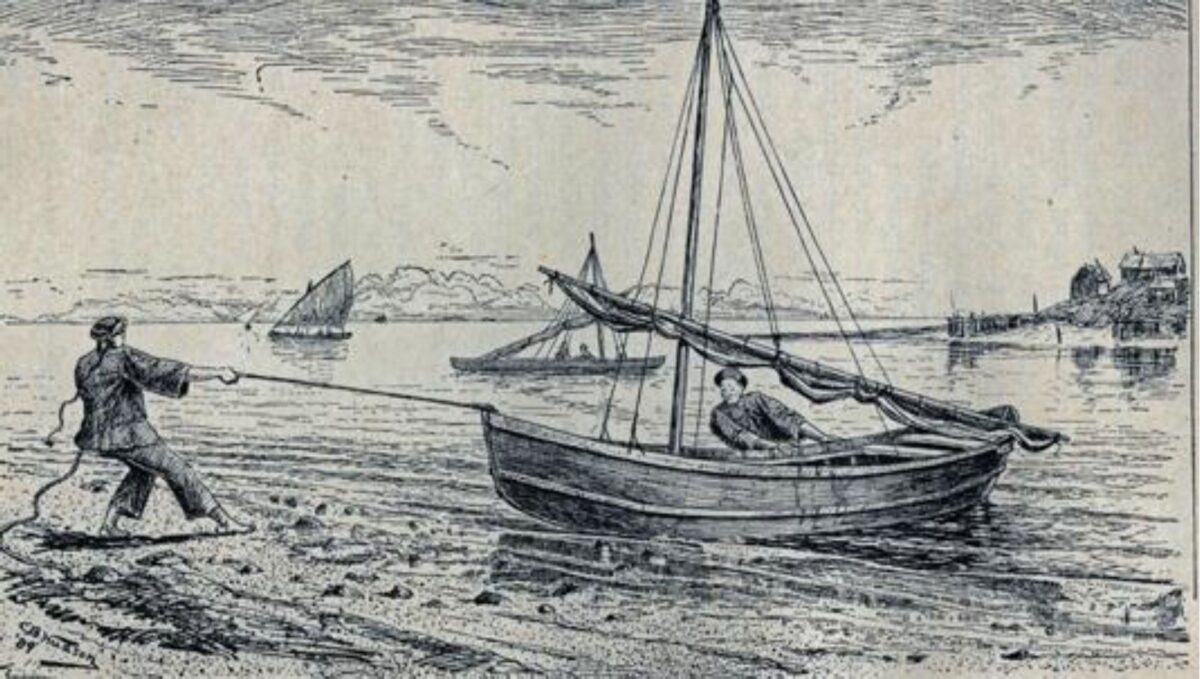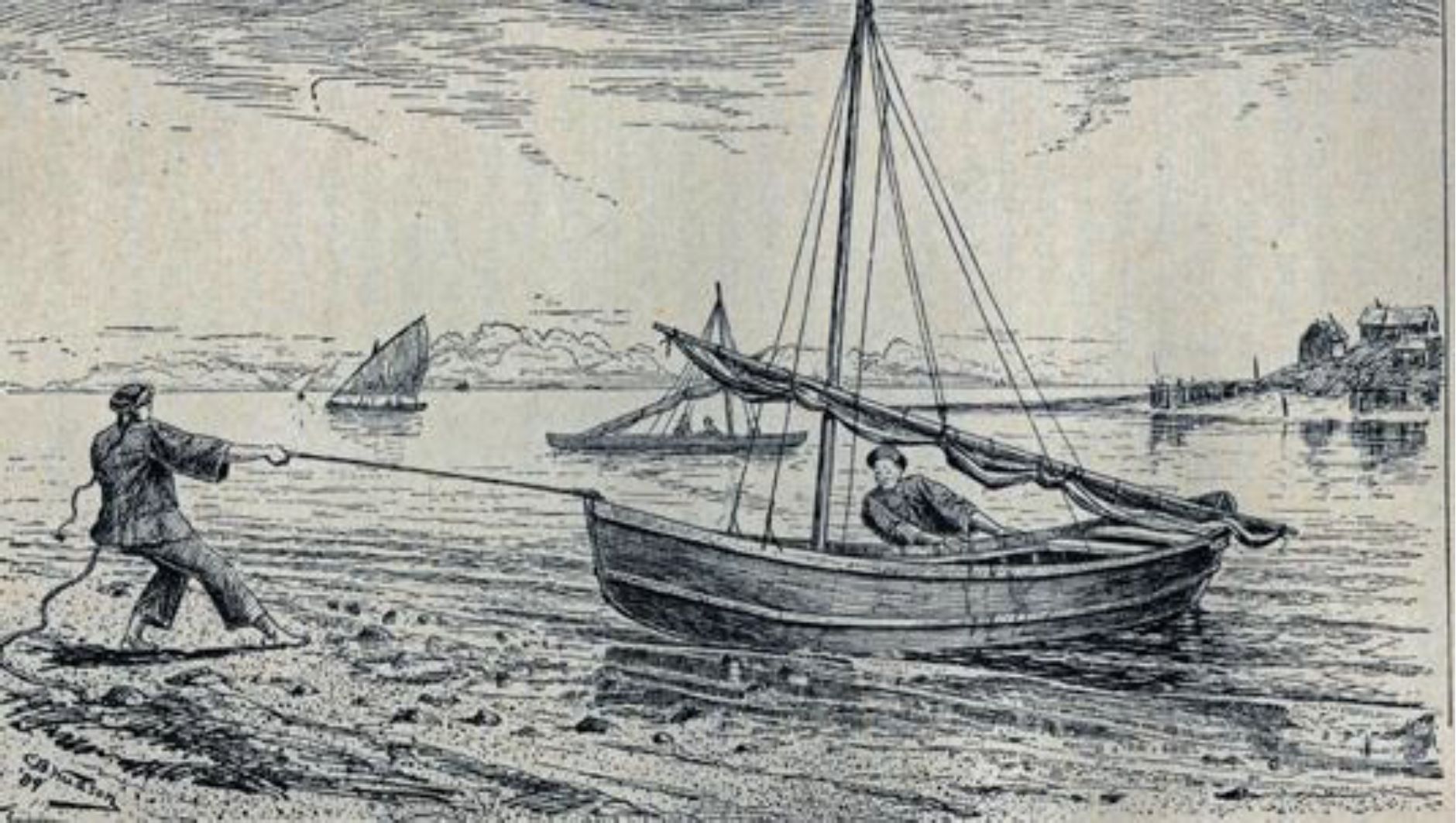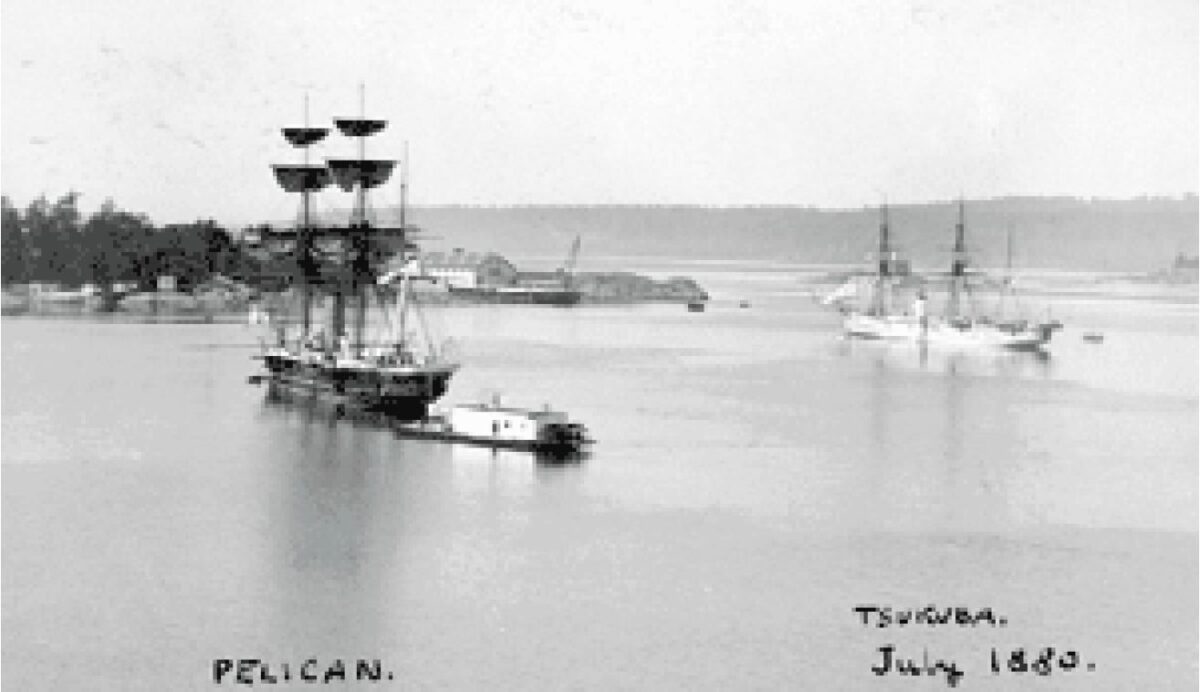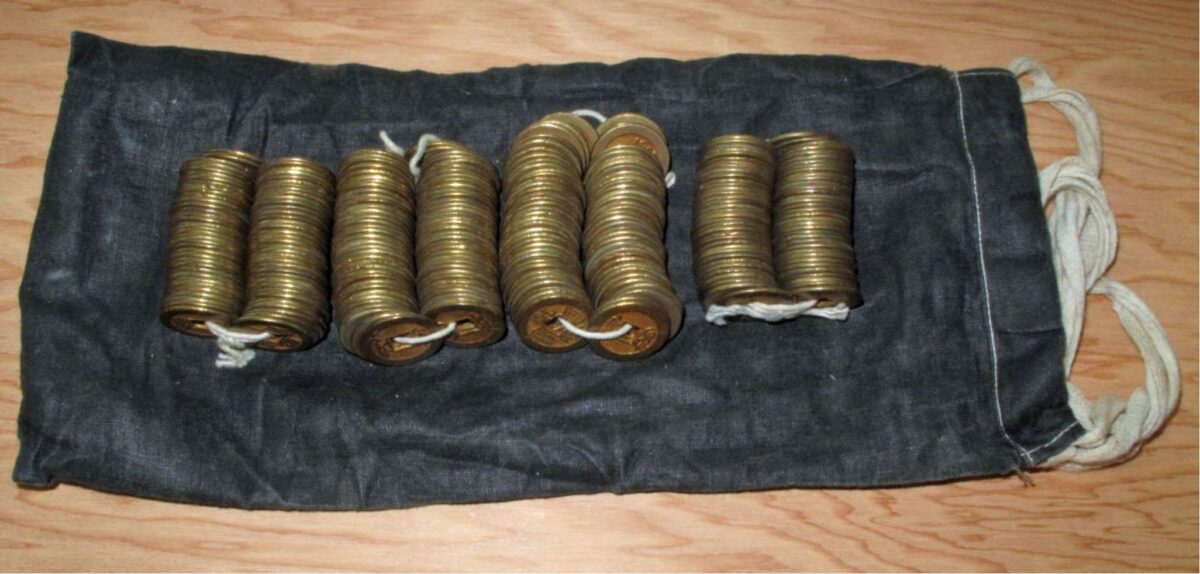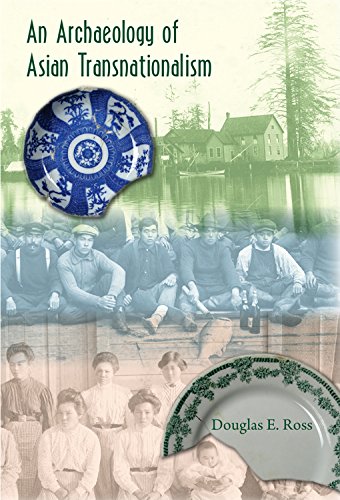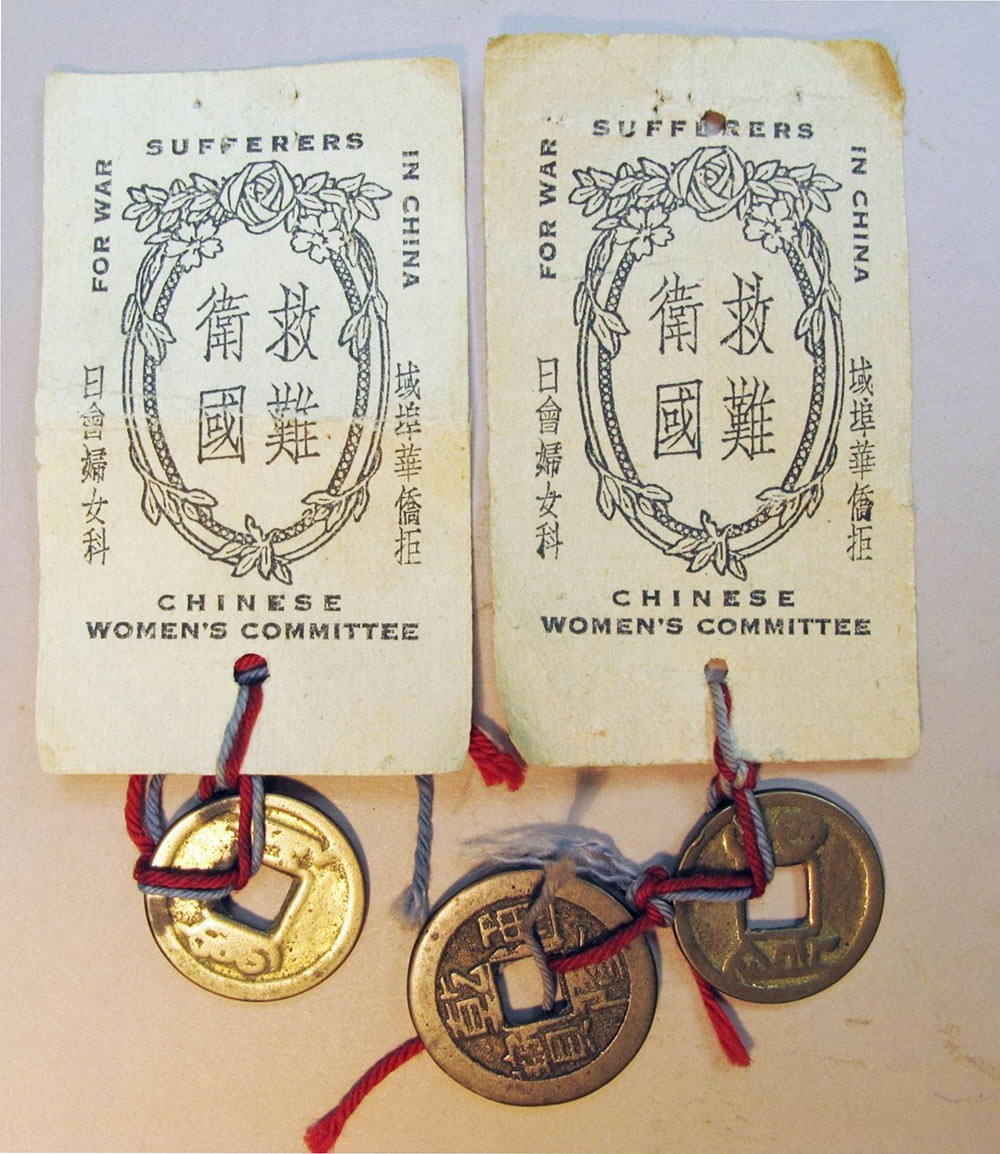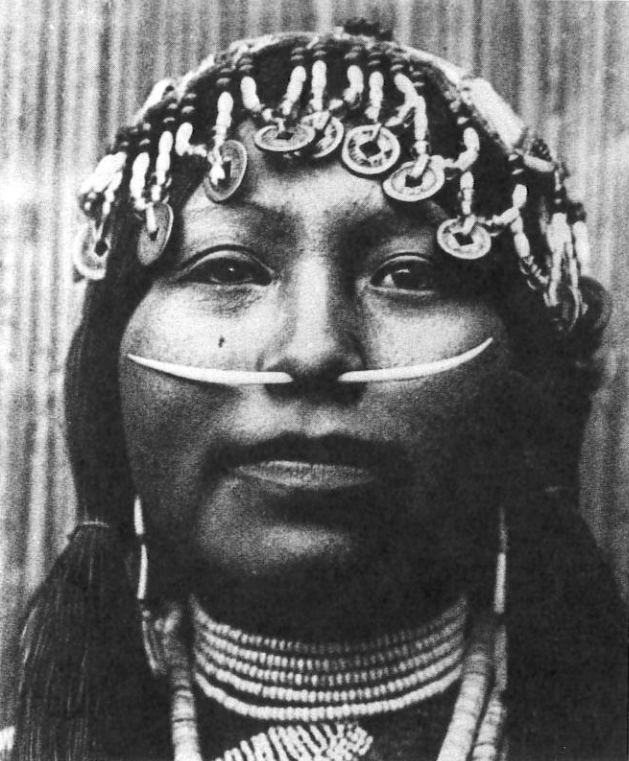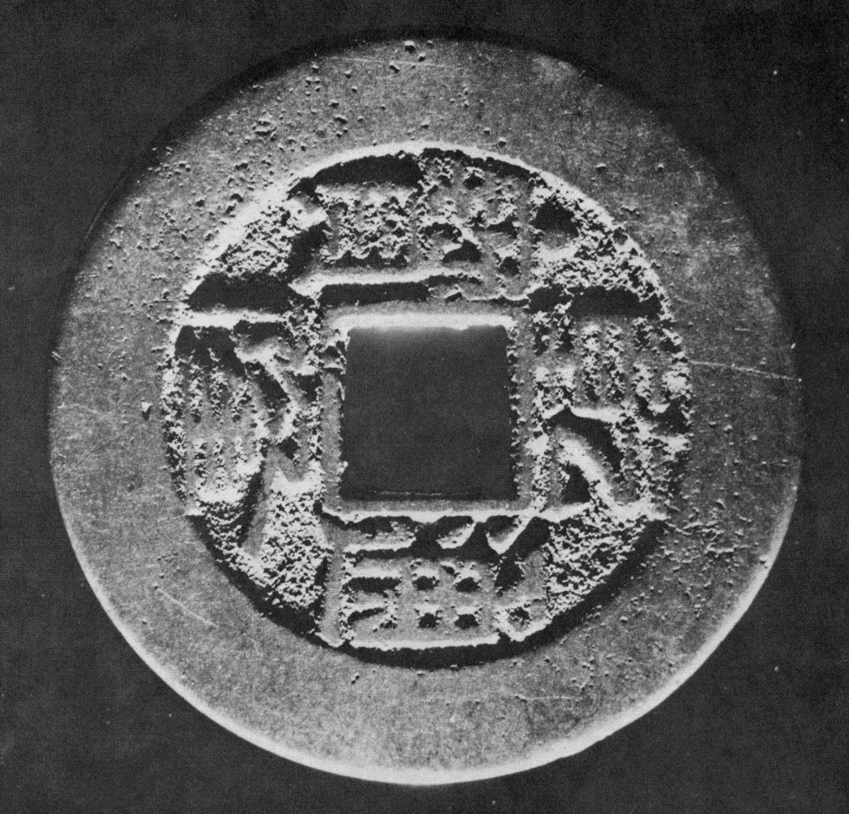
Originally published in Datum. Newsletter of the heritage Conservation Branch. Ministry of Recreation and Conservation. 1978. 3:2:3-5. By Grant Keddie. 1978. Introduction Early Chinese coins have been used occasionally to date historic burials or associated historical assemblages as well as being used as proof of a pre-contact circum-Pacific movement of trade goods or of proof of actual visitations by early Chinese explorers. By utilizing the direct historic approach it becomes evident that we must exercise caution in using Chinese coins as chronological indicators. I first became aware of the need to examine the reliability of dating with Chinese coins when trying to date a historic burial intrusion at the archaeological site DhRx 6 on Newcastle Island near Nanaimo. B.C. A … Continue reading “Dating Archaeological and Ethnographic Materials with Chinese Coins”
